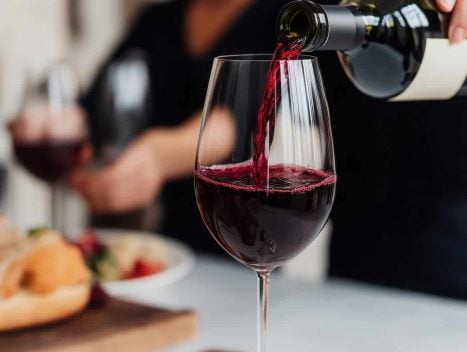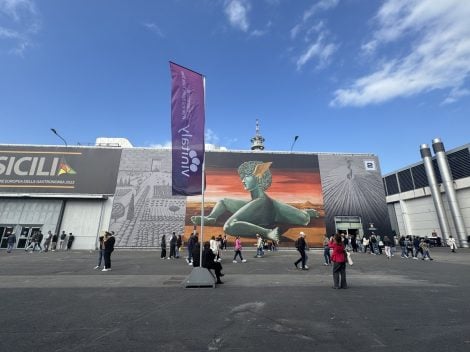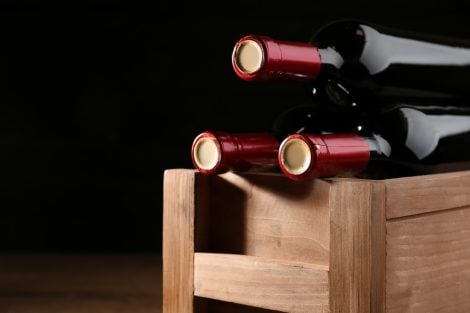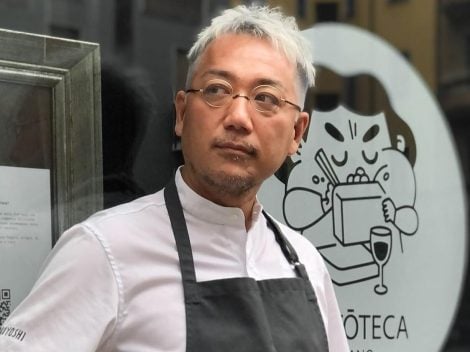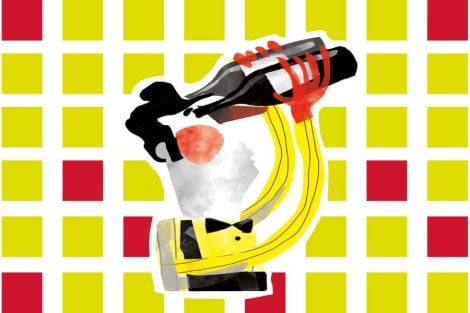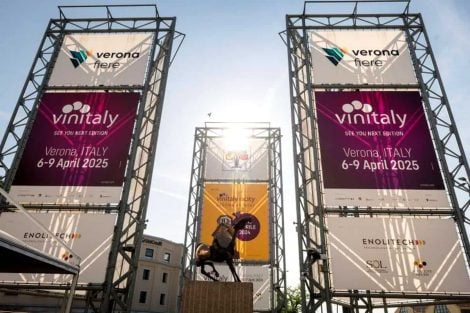At the beginning there was food pairing with drinks, then the advent of liquid cuisine... now it's the turn of cocktail bars with kitchens, more and more numerous, more and more satisfying in terms of the gastronomic offer. From Milan to Rome, from Turin to Naples and Palermo, this is a phenomenon that is affecting all of Italy. It's new, or rather it is the arrival in Italy - finally - of a trend that has been already established elsewhere
Cocktail bar with kitchens abroad
«In London or in the United States people have always eaten in cocktail bars; I think this is due to the fact that culturally there is no precise time to dine, at least not like we do, coming from a rural community in which we have always eaten at the same time», speculates Patrick Pistolesi, a famous Roman bartender and one of the partners of Drink Kong, Rome cocktail bar which, less than a year after its opening, was included in the list of the World's 50 Best Bars, ranking in 82nd place. «In the US it is super common, I also think it's a question of licenses – adds Cristian Bugiada, owner together with Roberto Artusio of cocktail bar with Mexican cuisine La Punta Expendio de Agave, also in Rome – there the sale of food is a requirement for anyone with a license to sell alcoholic beverages.»
«Furthermore, the concept of a bar with a kitchen lends itself well to the idea of eating light. It was no coincidence that James Bond dined with a Martini!» In fact, to interpret Patrick's observation, the green olive probably served as caloric intake. From olives to present day, so much water and alcohol has passed under the bridge. «Italy too has a beautiful tradition of bars with kitchens, think Harry's Bar in Venice, or the finger sandwiches in some of the best bars in Turin, but most of these have always focused on that market more focused on the aperitif. Places like these have almost never replaced a classic restaurant.» And certainly customers looking for a high level gastronomic proposal would never turn to cocktail bars.
One of the Italy's first cocktail bars with a kitchen
Then what changed? «For us, when we opened in 2002, proposing some dishes was mainly an economic need, so we covered more time slots: lunch, aperitif, dinner, after dinner,» specifies Edoardo Nono, founder together with Gianluca Chiaruttini of Rita & Cocktails in Milan, «this need was reconciled with our way of seeing things. We have always steered towards quality, whether it was about drinks or food. In the same fashion. Of course, at the beginning, we didn't have a kitchen, so we selected the best cured meats and cheeses, and we did our best with semi-finished products.» Then, with the addition of the kitchen and the stovepipe, the two partners indulged. So Gianluca Chiaruttini went from being a bartender with an interest in cooking to working as a cook (the opposite of what Domenico Carella of newborn Carico in Milan did, more about that later). «I set up the service line with a series of menus devoted to comfort food, without focusing on a complete tasting menu, avoiding pasta courses, which are more suited to a traditional restaurant concept. Our aim was to be as international as possible, with meat or fish main courses that also reflected our many journeys in search of flavours, colours and new experiences. I still remember when we returned from China, I literally went crazy, I would have loved to include thousands of dishes inspired by Asia on the menu,» a concept that was taken up years later, in 2018, by another Milanese cocktail bar, Iter, which is backed by an authentic war machine trio – Nicola Scarnera, Flavio Angiolillo and Marco Russo – with active venues such as Mag, 1930 and Barba, equally boasting a handsome food proposal.
Cocktail bar with kitchen and food pairing
Speaking of Rita, it was certainly a Milanese forerunner in many respects – «we have always avoided the buffet, despite the fact that in the 2000s in Milan it was definitely in fashion, and we've always had table service» – as Massimo D'Addezio has always been a beacon of hospitality (those who don't remember him at Stravinskij bar of Hotel De Russie in Rome), less inclined to fashions and mainly focused on making the customer feel good and drink well. So much so that when he inaugurated his Chorus Café in 2015, inside the building that houses the Rome concert hall Auditorium della Conciliazione, it came spontaneously – also for reasons of economic sustainability – to combine the cocktail bar with a kitchen, now managed by chef Andrea Sangiuliano. Even earlier, in 2013, D'Addezio – a great protagonist also on our Gambero Rosso Channel – had also inaugurated in Rome in Pigneto with Co.So (which stands for Cocktail Social), also here with a rock gastronomic proposal that paired with the stellar drinks.
Yet there have been years in which D’Addezio – and like him many other top bartenders – was against the concept of food pairing. «Let me explain my aversion to food pairing,» d’Addezio anticipates our provocation, «when we started it was premature, it was like buying a saddle without knowing if you would buy a horse or a donkey. Six or seven years ago it was not at all obvious to drink well in Italy. There was still a lot of improvisation in our industry, so adding meat to the fire didn't make much sense. Today things have changed, we've become international, we've started investing and finally Italians are drinking well in many places. The time has finally come to propose a dynamic cuisine, capable of complementing drinks, I'm thinking fresh tomato and basil spaghetti enjoyed with a Margarita, but also of a more classic foie gras escalope paired with a Martini Cocktail (move aside, olives!). In any case, if we propose dishes paired with drinks, we need dynamism, not a suggested pairing» (See box). We can add that what is taking place in this objective growth of the sector is not just the excellent dish to be paired with a signature cocktail, but rather the signature cocktail that is in turn paired to a signature dish.
Dynamic cuisine and mood
All the bartenders we interviewed agree on the concept of dynamic cuisine. «Cocktail bars have now found their own dimension, which certainly goes beyond Spritz with crisps,» observes Pistolesi, «they have started to evolve in line with the evolution of customers themselves. Take, for example, a young professional, aged thirty to forty, who comes to enjoy a cocktail after work. At some point it will be time for dinner and basically there are two alternatives: moving to a restaurant, but this way he dampens the positive vibes (maybe in the meantime he's met an old friend or hooked up with an interesting stranger) plus after dinner he almost certainly will go home to bed; alternatively you stay in the cocktail bar. This is where our kitchen takes over, where folks can eat many small dishes sharing them with a fellow guest, without breaking the harmony of the evening.» Also for Pistolesi it makes no sense offering an obligatory pairing, and in any case the drink still "commands" the pairing (obviously not everyone thinks that way, see box). «If someone orders a Martini Cocktail, I would certainly serve them ravioli with Parmigiano, because it's super umami.»
What ruels in the pairing?
Cristian Bugiada agrees on this: it's the drink that guides the pairing. Of course, for them at Punta, dealing mainly with mixed drinks based on tequila and mezcal, the game's easier. «Cocktails will always have a spicy, citrusy and savoury touch, which goes well with Mexican ingredients, from beans to corn.» The reason for this perfect marriage, between agave distillates and Mexican products, is not only part of the organoleptic sphere, but has deeper roots: «Beans and corn are plants that grow in symbiosis with agave, which is why they are often grown in the same soil and that's why when you eat a simple taco with beans and pair it to a shot of tequila, you feel like you're in heaven! These products come from the same soil and have travelled together to reach us, isn't that incredible?». Obviously this is just an example, since La Punta Expendio de Agave, in addition to being a cocktail bar with cuisine, is the best Mexican restaurant in Rome.
Analogies between bartender and chef
«Now that cocktails are leveling up to food, an increasing number of people are looking for the two experiences in one place. It's like winning the lottery,» says Cristian. Considering how nowadays there is not much difference in approach between bartenders and chefs, both try their hand at new ingredients, both educate palates to be sophisticated and enhance flavours. Equally, more and more bartenders apply techniques and tools normally associated with contemporary cuisine, think siphons, sous vide cooking, blast chillers, fermentations – calling them “barchef” and defining their work as “liquid cuisine.”
Speaking of fermentations, it's impossible not to mention two recently opened places: Latta in Rome and Carico in Milan. «The concept of Latta stems from the need to bring together two entrepreneurial realities hailing from the world of fermentation and mixology,» explains Alessandro Procoli, one of the masterminds of the joint venture project between Jerry Thomas, Leonardo Di Vincenzo and Paolo Bertani (ex pillars of Birra del Borgo), «and it's clear that in a space like former Mulini Biondi having a gastronomic offer is a primary need. Consider that also for the Jerry Thomas project we often wondered if a food proposal could work, but then we abandoned the idea due to logistical infeasibility and above all because it was distant from the philosophy of Jerry, which from the beginning opened its doors at 10 pm». But the desire to approach the world of cooking remained and as soon as it was possible they made it happen.
by Annalisa Zordan

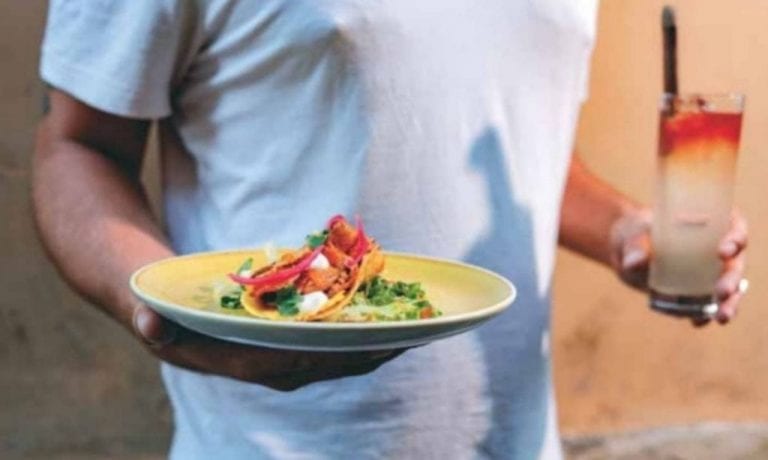
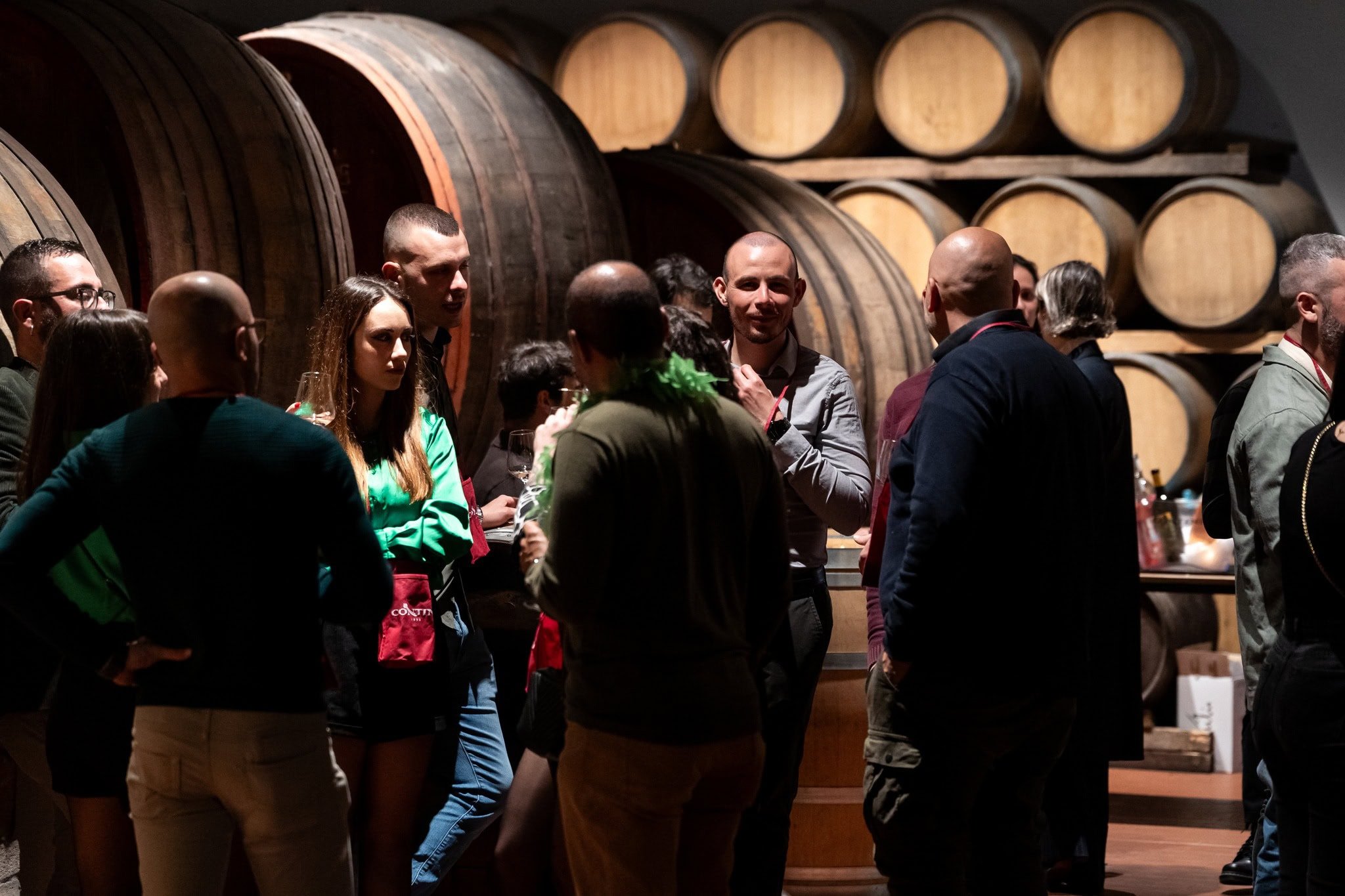 Here are ten Rare Wines you absolutely must try
Here are ten Rare Wines you absolutely must try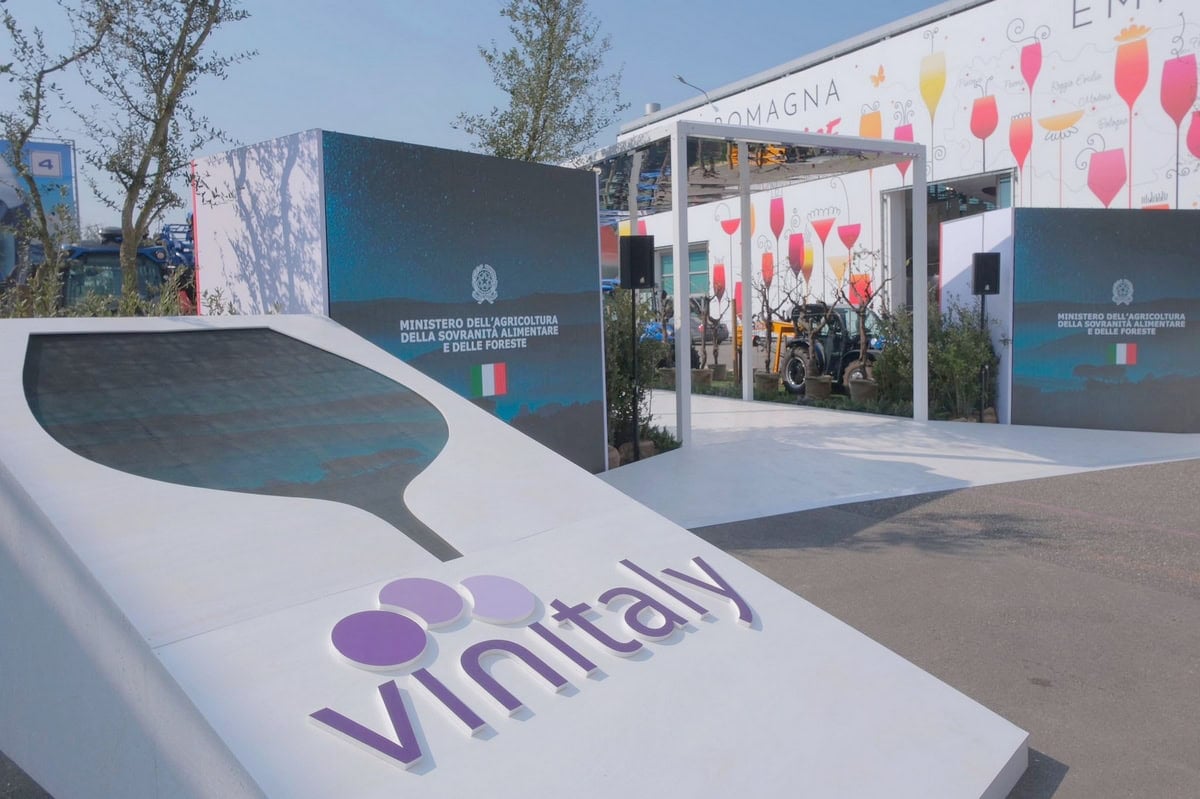 The “Tariff Vinitaly” closes with 97,000 attendees: one third from abroad. See you on 12 April 2026
The “Tariff Vinitaly” closes with 97,000 attendees: one third from abroad. See you on 12 April 2026 Trump “freezes” tariffs for 90 days. UIV: “Now work towards zero tariffs on wine too”
Trump “freezes” tariffs for 90 days. UIV: “Now work towards zero tariffs on wine too” Dealcoholised wines, everyone halt: production in Italy is blocked until 2026
Dealcoholised wines, everyone halt: production in Italy is blocked until 2026 Arianna Occhipinti surprises everyone and returns to Verona: "There are too many natural wine fairs, and they’re too scattered"
Arianna Occhipinti surprises everyone and returns to Verona: "There are too many natural wine fairs, and they’re too scattered"